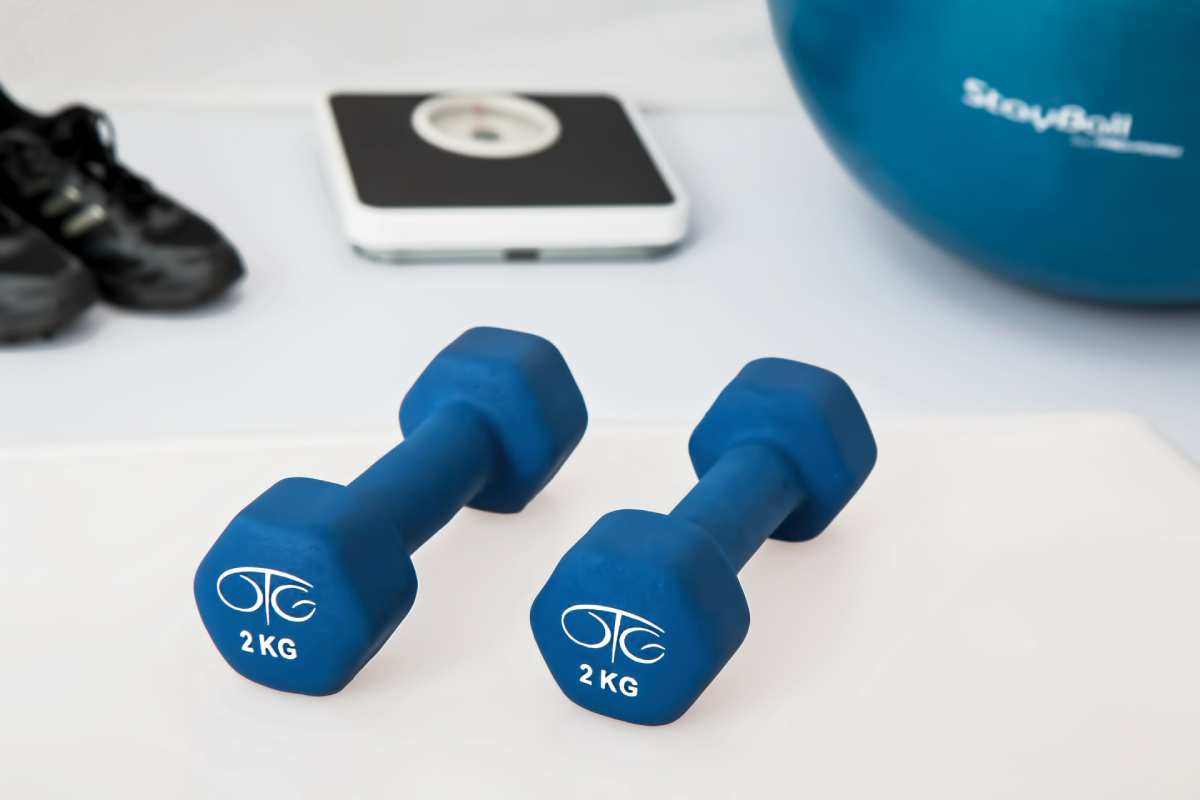Diabetes is one of the most prevalent medical conditions in the world, affecting over 400 million people across the globe. And if not properly managed, the disease can result in complications such as diabetic coma or even death. Therefore, it is of utmost importance for sufferers to control their blood sugar levels, and to look after their health to minimise the symptoms of the disease.
Controlling sugar intake and diet are crucial tasks for the diabetic. However, there is another essential element that often gets overlooked: exercise.
Let’s take a look at how physiotherapy can reduce the severity of any type of diabetes.
It’s Good at Lowering Fat
One of the main benefits of exercise for diabetes is that it helps the patient lose weight. A strict and consistent exercise routine will lower the amount of LDL (bad) cholesterol and increase the HDL (good) cholesterol in your body.
Both of these properties can reduce the risk of contracting the disease and lessen the symptoms.
It Helps You Build Muscle
Diabetes sufferers are generally advised to incorporate both cardiovascular and resistance training into their exercise regime. Having a higher proportion of muscle mass versus body fat, allows the sufferer to better control their blood sugar levels and manage stress. As our muscles and bones become stronger over time through resistance training, our metabolic rate increases, which keeps our blood sugar in check.
If you’re overweight or obese, you’re much more likely to suffer from the disease, so it’s important to have a regular and effective exercise regime.
Physiotherapists Are Specially Trained
Upon reading the above, it might be tempting to rush out and hit the gym on your own. However, without expert guidance from someone who’s studied the field, it’s unlikely you’ll be able to achieve optimal results. Exercising for diabetes is a little more complicated than other types of exercise.
And that’s where a qualified physiotherapist comes in. A professional can not only guide you through your routine, but they can also suggest a bespoke exercise regime for you to practice outside your sessions to maximize results. By focusing on the type of exercise that best combats diabetes, you’ll reduce the need for using medication such as insulin and be able to avoid cardiovascular disease.
Provide Nutritional Advice
Although exercise is crucial, eating well is a fundamental step towards controlling or avoiding diabetes. A physiotherapist may not be specially trained in nutrition, but they generally know enough to outline a weekly diet plan to ensure their customers can achieve the best possible result.
Monitoring and Support
Studies have shown that regularly weighing yourself makes you more likely to shed those extra kilos. The same concept applies to your diet and exercising regime to combat diabetes. One of the most significant advantages of contracting a physiotherapist is that they’re capable of measuring all sorts of different elements to track your progress over time. And when you’ve made tangible gains, you’re far more likely to stick with the routine.
A physiotherapist will monitor your blood sugar levels, Body Mass Index and weight, among other things, to help you keep on track.
Finding a Suitable Physiotherapist for Diabetes
If you’re looking to manage your condition, then get in touch with a reputable local health service and enquire about physiotherapy for diabetes. Aside from adopting sensible eating habits, physio is the most effective way to mitigate the condition.


